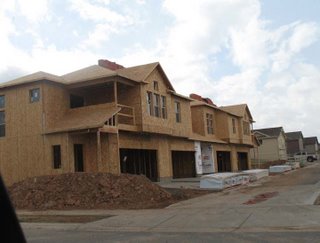Back Alley Walkability – Fort Collins Style

Last month, ASLA’s blog, The Dirt, posted a ditty on Back Alley Walkability. I posted a comment that I would write about what Fort Collins has done recently to create walkable alleys, so here it is!
Like Architect David Winslow, Fort Collins downtown alleys are also widely used by pedestrians. In 2004 The City of Fort Collins, in conjunction with the Downtown Development Authority (DDA) embarked on a plan to improve two of the alleys that had been widely used by pedestrians for years as mid-block shortcuts. One of the alleys, Trimble Court, (pictured to the left) was a mid-block shortcut between the main drag of College Avenue and Old Town Square, a pedestrian mall. This alley already had a well established artists studio on it. The other alley, Tenney Court, became a widely used pedestrian shortcut after the construction of the Civic Center Parking Structure.
Both alleys had numerous trash dumpsters, utility boxes, poor lighting, and were generally unattractive. The goals of the city and the DDA was to consolidate trash dumpsters, screen and/or relocate utility boxes, vastly improve lighting and other pedestrian amenities such as providing benches, planters, new paving, and the improve the drainage and more.

As can be seen in the photos, all this has been achieved and more. The picture shown to the left, Tenney Alley, was in terrible shape prior to redevelopment. There were numerous trash dumpsters, graffitti, and a severely sloping pavement to accomodate the drainage. This carried through all the way to the public street. Prior to the year 2000, this alley was mostly a service alley. However, in 2000, the civic center parking structure was completed within this block, and therefor this alley became a pedestrian shortcut between the parking garage and the downtown shopping district. This parking garage also has liner stores and offices (of which our office is located), so a lot of employees also used this alley.

The major issue that was solved with this alley reconstruction, was the drainage. They installed a new drain line, leveled off the alley, and installed new modular pavers that really give the alley life. In addition, new light fixtures and planters were added. The light fixtures dramatically improved the nighttime safety of the alley, while the planters  add a lot of summer color.However something else happened after this alley was completed that the DDA hoped would happen…a local businees owner reconstructed the alley facade of there building to create an inviting entrance off Tenney Court. Hopefully this will be the first of many revitalizations of Fort Collins Alleys. Another fun aspect of this particular alley, through the art in public places program, the utility boxes were turned into public art! A local artist has been painstakintly painting these boxes with a bubble motif…Note, that she is doing this by hand!
add a lot of summer color.However something else happened after this alley was completed that the DDA hoped would happen…a local businees owner reconstructed the alley facade of there building to create an inviting entrance off Tenney Court. Hopefully this will be the first of many revitalizations of Fort Collins Alleys. Another fun aspect of this particular alley, through the art in public places program, the utility boxes were turned into public art! A local artist has been painstakintly painting these boxes with a bubble motif…Note, that she is doing this by hand!
Both of these alleys recently won an urban design award from the City of Fort Collins, issued to the designers, EDAW and BHA designs.








